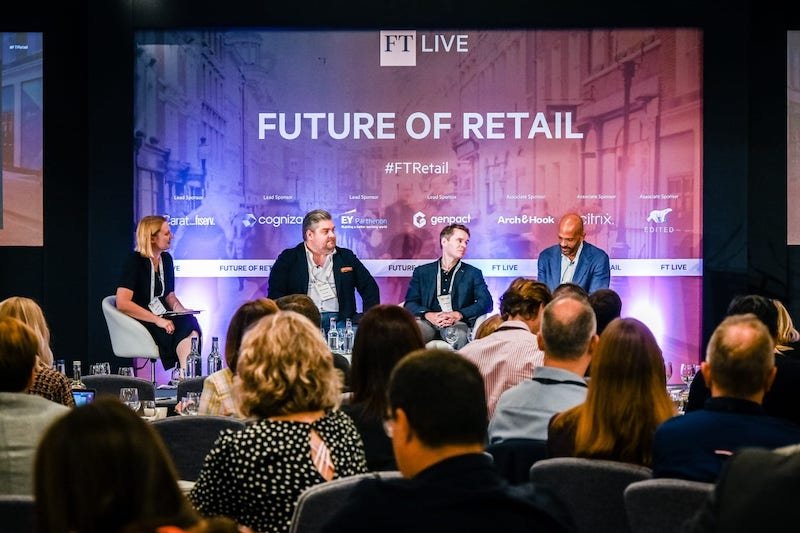The metaverse and what it means for retail
By Mike Cadden
Ah, the metaverse. It seems to be everywhere, and reminds me of that Big Data joke a few years ago – why is Big Data like teenage sex? Everyone is talking about it but no-one is doing it.
Is the metaverse simply the latest in a long line of overhyped paradigm shifts taking investors and their money by storm?
Currently it is really pure vapourware; a borrowed name from, dare I say it, a rather poor work of literature (Snow Crash, written by Neil Stephenson and published in 1992 - Ed) that has become the catch all phrase for the next iteration of the web, Web 3.0.
There are numerous connected but separate technologies that will, and do, form the foundations for what may yet turn out to be the metaverse.
AR/VR has been around for a while and, certainly for meetings and to bridge the physical and WFH worlds, we’re seeing real benefits there. Immersive gaming, such as Second life, Roblox, Fortnite etc all are indicative of the way forward and are standalone, virtual worlds.
But in giving a thing a name, can it be made real?
Certainly there is now a goldrush to create virtual worlds; virtual land grabs to host individualistic ideas of what the metaverse may turn out to be. But, beyond a place to host and show off your NFT linked digital assets, are they useful.
For retail, the idea that people will don headsets and gloves, or even full body suits, and move off “traditional” e-commerce to browse shelves or virtual products is fanciful.
Frictionless is the goal most are driving for and our customers appear to desire. Therefore, overlaying a range of “friction” by requiring specialist equipment to browse seems somewhat contradictory.
But then, am I thinking in a silo’d legacy manner?
The scenario laid out in this Bloomberg article is probably more representative of the current expectations of the metaverse, fully immersive experiences, more real than real – to steal from Bladerunner if I may – and there may be something in that example of a virtual gig.
Could “seats” at a gig begin to be offered in even more tiers, premium pricing for being there in RL, with the cheapest seats for those attending virtually.
Thus allowing the band/artist to expand their reach beyond the physical limitations of the hall/locale they are performing in and reach potentially millions every night.
The merch offerings become far more interesting as well; digital versions of band tees to wear in the metaverse, the real thing delivered a few days later.
And you don’t have to wait until the corridor outside the venue to try and grab the merch either. Want what the artist is wearing, it’s there, just select it.
For retail the attractions are obvious, being able to offer product in a dynamic setting, tied to consumer experiences without physical limitations.
But, ultimately, it’s another channel, albeit a far more interactive one. It’s definitely a channel that retailers need to start preparing for.
Of course, the example above is the future. Right now it’s a pipe dream, a vision being hawked by the “thought leaders” of Apple, Meta, Google etc.
There is so much that needs to happen for a truly customer centric metaverse to come, and one not dominated/controlled by the big tech monoliths.
For today, what is being rebranded as the multiverse is really rather the more mundane but still very exciting expansion of AR and VR.
The push into more immersive team meetings, the use of AR to “see” or “experience” products in virtual situ are all just the next iteration of AR.
But it’s clear to see this next iterationis a step along the way to the metaverse.
Unfortunately for those who rely on hype to keep driving the investor cart, AR is no longer the new hypable tech it was, so it needs to be given a new skin, a funky new overcoat and to be made into something new and sexy.










